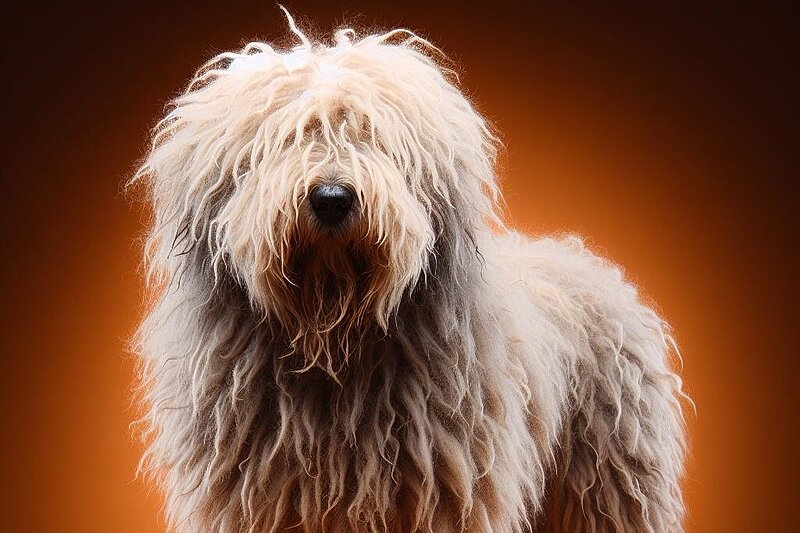The Komondor: The shaggy guardian from Hungary
History of the Komondor
The roots of the Komondor go way back to the time of the nomadic tribes who lived in the Carpathian Mountains over a thousand years ago. These dogs were used as herding dogs by the Magyars, a nomadic people who moved into what is now Hungary in the 9th century. The Komondor was specially bred to protect the herds from predators and thieves. Its distinctive, shaggy coat not only served as camouflage, but also as protection against extreme weather conditions and attacks by predators.
Who is the Komondor suitable for?
The Komondor is an ideal dog for experienced dog owners who can offer it sufficient space and activity. Due to its size and protective instinct, it is less suitable for life in a small city apartment. He needs an owner who understands his independent nature and can lead him consistently but lovingly.
Character and behavior
Komondors are known for their loyalty and strong protective instincts. They are courageous, self-confident and very intelligent. These dogs are often suspicious of strangers, which makes them excellent guard dogs. Within the family, however, they are loving and affectionate. They are patient with children and can get along well with other pets if socialized early.
Appearance of the Komondor
The Komondor is immediately recognizable by its striking, shaggy coat, which consists of long, twisted cords. This unique fur structure serves as protection against the weather and attacks. An adult Komondor is large and strong, with a shoulder height of 65 to 80 cm in males and 60 to 70 cm in females. The weight is typically between 40 and 60 kg.
Care of the Komondor
Grooming the Komondor requires special attention, especially when it comes to its coat. The long villi must be regularly checked and separated to avoid matting. Bathing is rarely necessary, but when it is done, the coat needs to dry thoroughly, which can take some time. The ears and teeth should also be checked and cleaned regularly.
Health of the Komondor
The Komondor is generally a robust and healthy breed. However, as with many large dog breeds, hip dysplasia and elbow dysplasia can occur. Responsible breeding and regular visits to the vet can help to minimize these risks. Their life expectancy is around 10 to 12 years.
Exercise requirements and habitat
A Komondor needs plenty of exercise and mental stimulation. A home with a large garden is ideal so that it can move freely. Long walks and playtime are necessary to keep him physically and mentally busy. Living in a city apartment is less suitable unless the dog has daily access to large, open spaces.
Training and socialization
Early socialization and consistent training are crucial for the Komondor. Due to its strong protective instincts, it is important to get it used to different people, animals and environments early on. Positive reinforcement and patience are the keys to successfully training this intelligent and independent breed.
Interaction with children and other animals
Komondors are usually good with children, especially if they grow up together. They are patient and can be a close protector for the youngest members of the family. With other animals, early and careful socialization is important to ensure that the Komondor behaves in a peaceful and friendly manner.
Recognition by the FCI
Yes, the Komondor is recognized by the Fédération Cynologique Internationale (FCI). It belongs to Group 1: Herding and driving dogs (excluding Swiss Mountain and Cattle Dogs), Section 1: Sheepdogs.
